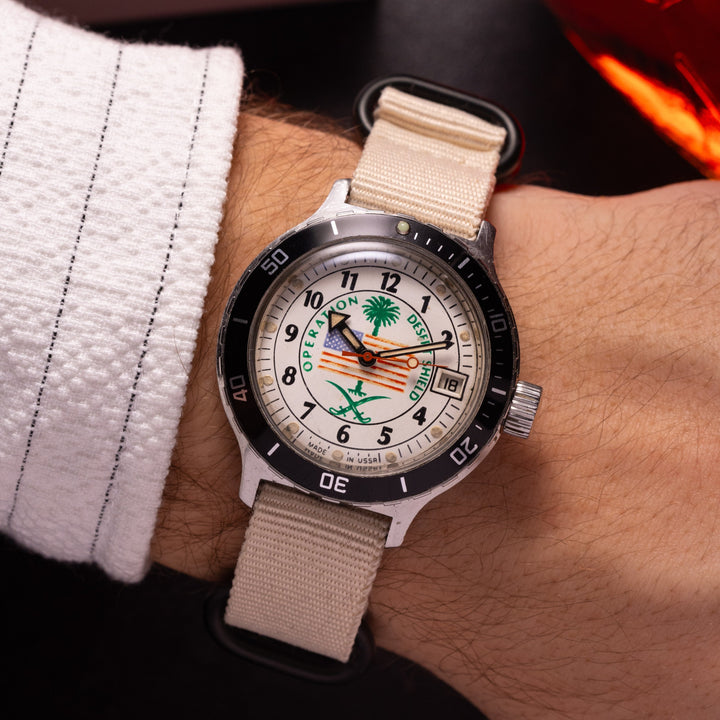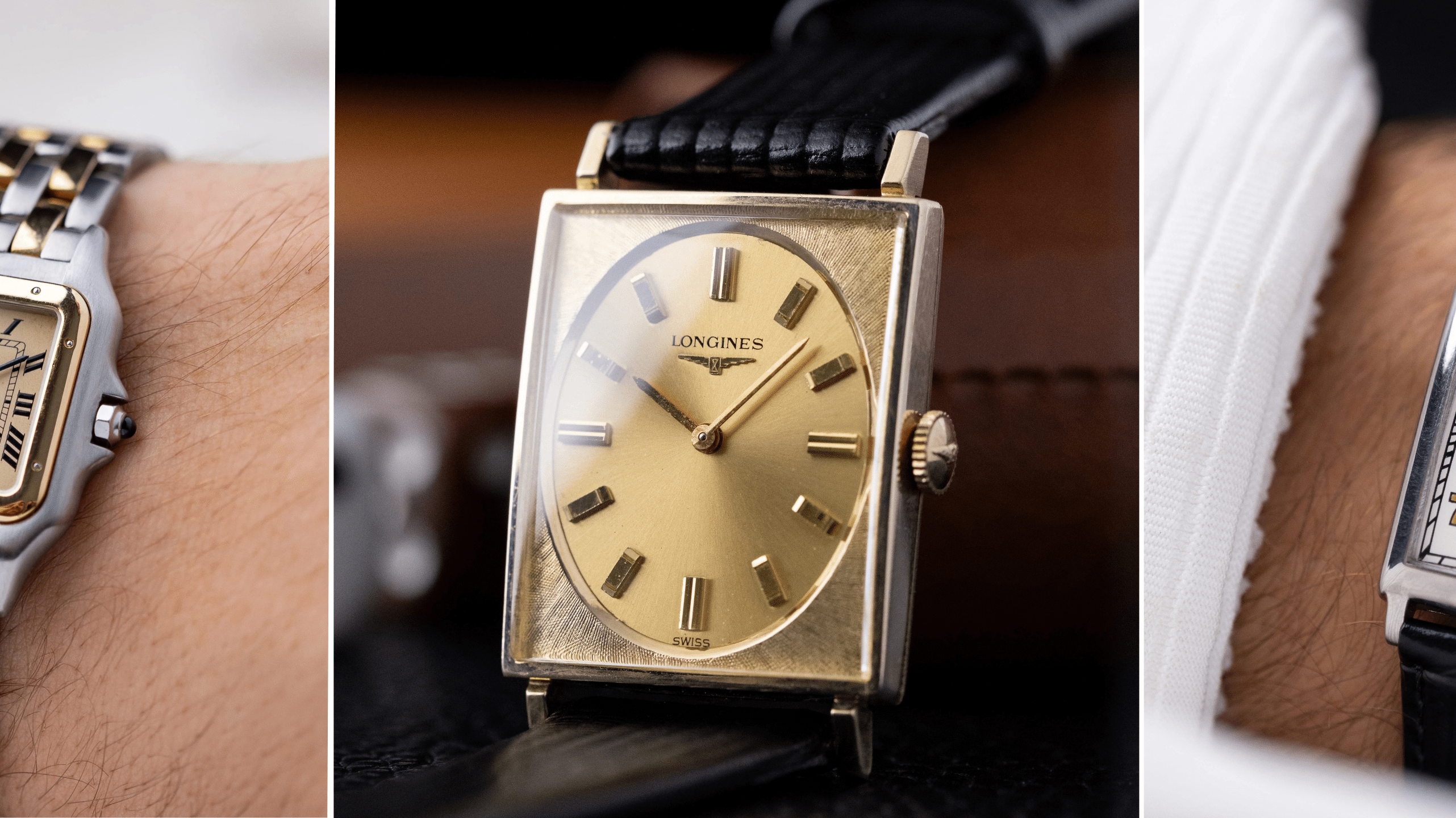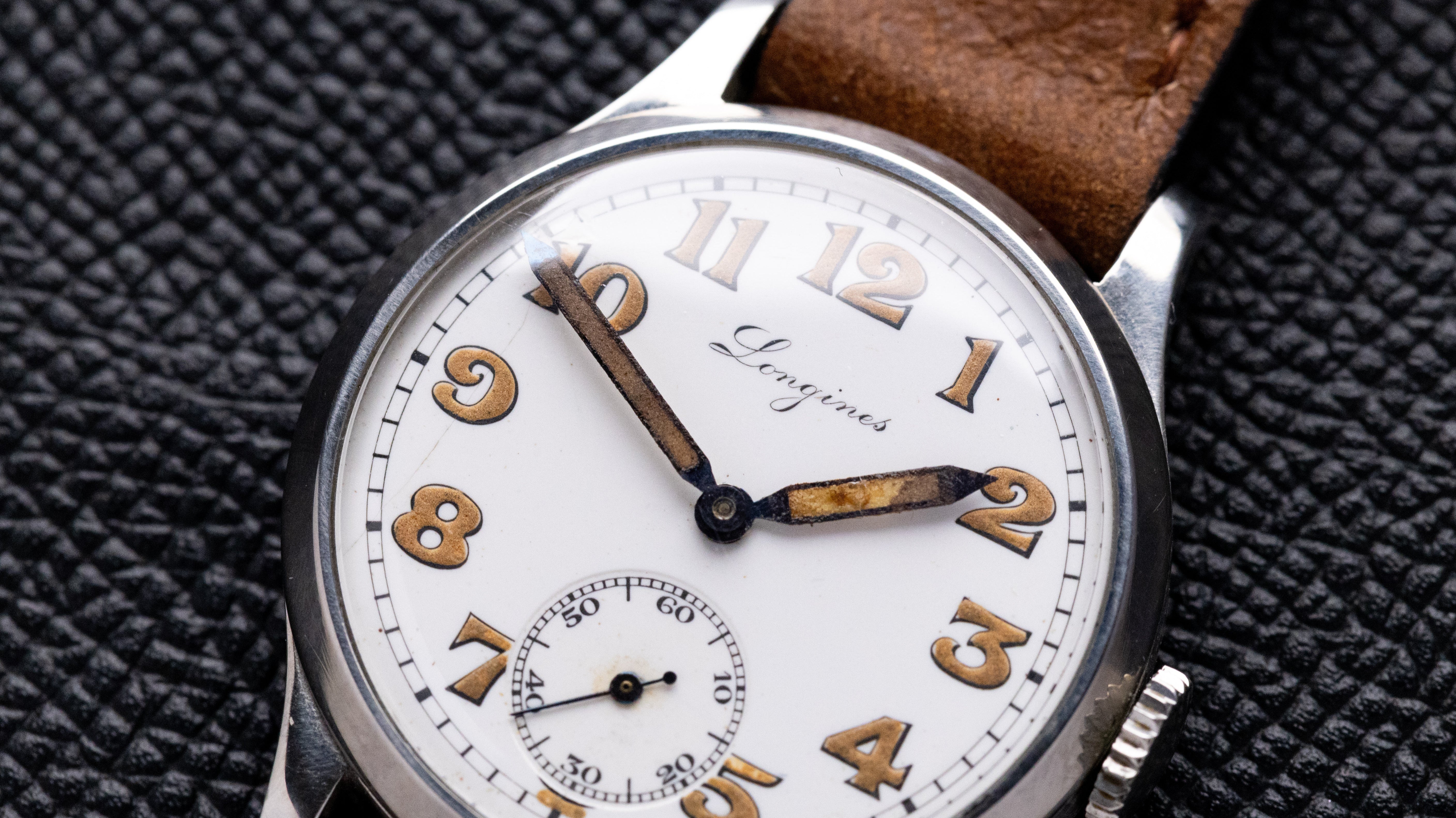Diver watches stand as a pinnacle of precision engineering and rugged durability, designed to withstand the demanding conditions of underwater exploration. These timepieces are not just tools for divers; they are also symbols of adventure, resilience, and the human quest to explore the unknown depths of our oceans. Beyond their functional purpose, diver watches have evolved into a fashion statement, revered for their robust construction, distinctive aesthetics, and the technological prowess they embody. This guide delves into the fascinating world of diver watches, tracing their history from the early days of underwater exploration to the latest technological advancements. Whether you're a professional diver, a watch enthusiast, or simply drawn to the allure of these exceptional timepieces, join us as we explore what makes diver watches a vital accessory for underwater adventures and a coveted item for collectors.

History and Evolution of Diver Watches
Early Beginnings
The journey of diver watches began in the early 20th century, responding to the burgeoning needs of underwater exploration and military operations. The first diver watch models were rudimentary yet revolutionary, offering water resistance that was unheard of at the time. These initial timepieces laid the foundation for what would become a critical tool for divers, enabling them to track time reliably under the sea.
Technological Advancements
Over the decades, diver watches have seen significant technological advancements, enhancing their functionality, durability, and water resistance. Innovations such as the helium escape valve, improved sealing techniques, and the development of materials resistant to corrosion and pressure have greatly expanded the capabilities of diver watches. These advancements have not only made diver watches more reliable but also increased their depth rating, allowing divers to explore previously unreachable depths.
Iconic Models and Brands
Several models and brands have left an indelible mark on the history of diver watches. Brands like Rolex, with its Submariner and Sea-Dweller models, and Omega, with the Seamaster, have become synonymous with high-quality diver watches. These iconic models, known for their reliability, precision, and stylish design, have set the standard in the industry and continue to be celebrated by enthusiasts and collectors alike.
The evolution of diver watches from simple, water-resistant timepieces to sophisticated instruments capable of withstanding the extreme conditions of deep-sea diving is a testament to human ingenuity and the relentless pursuit of perfection. As we explore further into the key features that define these remarkable watches, it becomes clear why they have captured the imagination of so many and remain an essential tool for divers around the world.

Key Features of Diver Watches
Water Resistance
At the core of a diver watch's functionality is its water resistance, a feature that distinguishes it from standard watches. Water resistance is measured in meters, atmospheres (ATM), or bars, indicating the level of pressure the watch can withstand before water breaches its defenses. For a watch to be considered suitable for diving, it must meet the ISO 6425 standard, which requires a minimum water resistance of 100 meters. This ensures the watch can endure the pressures encountered during recreational diving depths.
Materials and Durability
The durability of diver watches is paramount, demanding materials that can resist the harsh conditions of the underwater environment. Stainless steel, titanium, and ceramics are commonly used for their strength, resistance to corrosion, and ability to withstand extreme pressures. The choice of material affects not only the watch's resilience but also its weight and comfort on the wrist. Sapphire crystal is often used for the watch face due to its scratch resistance and clarity, ensuring the watch remains legible in the low light conditions underwater.
Visibility and Legibility
Visibility is critical for diver watches, as reading the time accurately under water is essential for safe diving practices. These watches feature large, luminous hands, markers, and numerals that glow in the dark, ensuring they are easily readable at a glance, even in murky waters. The bezel, a rotating ring around the watch face, is another crucial feature, allowing divers to track their dive time. The bezel is designed to rotate only in one direction to prevent accidental adjustments that could indicate a shorter dive time, ensuring the safety of the diver.
Diver watches embody a remarkable combination of functionality, durability, and design, making them indispensable tools for divers and highly sought-after pieces for watch enthusiasts. The meticulous attention to detail in their construction and the innovation behind their development reflect the profound understanding of the needs of underwater exploration. As we move on to discuss how to choose the right diver watch, these key features provide a foundation for making informed decisions that cater to both practical requirements and personal preferences.
How to Choose a Diver Watch
Selecting the right diver watch involves balancing functionality, aesthetics, personal preferences, and budget. Here are some key considerations to guide your selection:
- Water Resistance: Determine the depths you plan to explore and choose a watch with an appropriate water resistance rating. While 100 meters may suffice for casual swimming, serious divers should look for watches with at least 200 meters of water resistance.
- Material: Consider the material of the watch case and band. Stainless steel and titanium offer durability and corrosion resistance, with titanium being lighter and hypoallergenic. Ceramic cases are scratch-resistant and have a modern aesthetic but can be more brittle.
- Movement: The movement, or the watch's inner mechanism, can be either mechanical or quartz. Mechanical watches, valued for their craftsmanship and aesthetic, require winding but are often more expensive. Quartz watches are more affordable, accurate, and low-maintenance.
- Visibility: Ensure the watch face is legible in low light conditions. Look for large, luminous hands, markers, and numerals. A high-contrast dial can also enhance readability.
- Bezel Functionality: A unidirectional bezel is crucial for tracking dive time safely. Check that the bezel rotates smoothly yet securely.
- Brand Reputation and Warranty: Consider the brand's reputation for quality and durability in diver watches. A reputable brand with a solid warranty can offer peace of mind and ensure your watch is protected against defects.
- Personal Style and Comfort: While functionality is paramount, your watch should also fit your personal style and be comfortable to wear for extended periods. Consider the size, weight, and design of the watch to ensure it meets your everyday needs and preferences.
Choosing a diver watch is a personal journey that intertwines practicality with passion. By considering these factors, you can find a watch that not only meets your diving requirements but also complements your lifestyle and becomes a cherished possession for years to come.
Care and Maintenance of Diver Watches
To ensure your diver watch remains reliable and retains its appearance over time, regular care and maintenance are essential. Here are some tips to keep your watch in top condition:
- Regular Cleaning: Rinse your watch with fresh water after each dive or swim to remove salt, chlorine, and any particulate matter. Use a soft cloth to dry and gently clean the case and band.
- Service Intervals: Mechanical watches should be serviced every 3 to 5 years to ensure the movement remains accurate and the water resistance is maintained. Quartz watches may only need service when the battery requires replacement, but a check on their water resistance is still recommended.
- Water Resistance Checks: Have the water resistance of your watch checked annually, especially if you dive regularly. Seals and gaskets can degrade over time, affecting the watch's ability to keep water out.
- Avoiding Extreme Temperatures: Sudden changes in temperature can affect the watch's functionality and durability. Avoid exposing your watch to extreme heat or cold for prolonged periods.
- Magnetic Fields: Keep your watch away from strong magnetic fields, which can affect the movement of mechanical watches.
Proper care and maintenance will extend the life of your diver watch, ensuring it continues to function accurately and look great. Whether you're exploring the depths of the ocean or simply enjoying the craftsmanship of a fine timepiece, a well-maintained diver watch is a reliable companion on any adventure.
The Future of Diver Watches
As technology advances, the future of diver watches looks promising, with innovations that could further enhance their functionality, durability, and environmental sustainability. The integration of digital technology, improved materials, and eco-friendly production methods are areas of potential development.

Diver watches are more than just timepieces; they are a testament to human ingenuity, a tool for explorers, and a symbol of the enduring allure of the ocean depths. From their historical origins to the latest technological advancements, diver watches continue to fascinate and serve as an essential gear for divers and a coveted item for collectors. Whether you're diving into the deep sea or simply appreciating the craftsmanship of these watches, the world of diver watches offers something for everyone.








